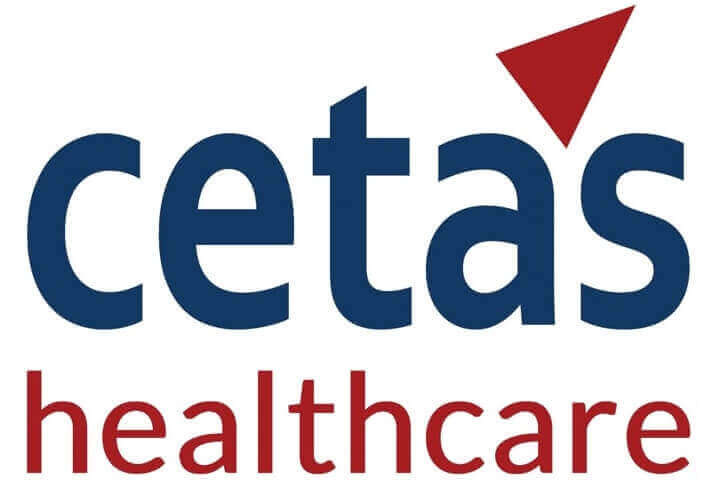X
Post-market Clinical Follow-up (PMCF) studies play a crucial role in confirming the ongoing safety and effectiveness of orthopaedic devices once they reach the market. However, the design and execution of PMCF studies for orthopaedic devices are particularly challenging due to the inherent complexity and diversity of orthopaedic interventions, the long-term nature of patient outcomes, and the increasingly stringent regulatory landscape.
The introduction of the Medical Device Regulation (MDR) has significantly increased the requirement for comprehensive clinical evidence, particularly for high-risk devices like orthopaedic implants. As a result, manufacturers must navigate more rigorous PMCF processes to meet regulatory expectations and ensure device safety and effectiveness over time.
For orthopaedic device manufacturers, navigating these challenges requires a well-planned strategy that considers both regulatory requirements and practical limitations. The key is designing efficient, targeted PMCF activities that provide sufficient clinical evidence to maintain market access without overextending resources. By embracing adaptive methodologies, fostering collaboration, and leveraging technology, researchers and manufacturers can better navigate the complexities of PMCF studies, ultimately ensuring safer and more effective orthopaedic devices for patients
At Cetas Healthcare, we understand the complexities and regulatory challenges faced by orthopaedic device manufacturers when designing and conducting PMCF studies. With our expertise in market research and a deep understanding of the evolving Medical Device Regulation (MDR) landscape, we partner with manufacturers to develop efficient PMCF strategies tailored to meet stringent regulatory requirements. Contact us today!


We provide the best insights for your business
